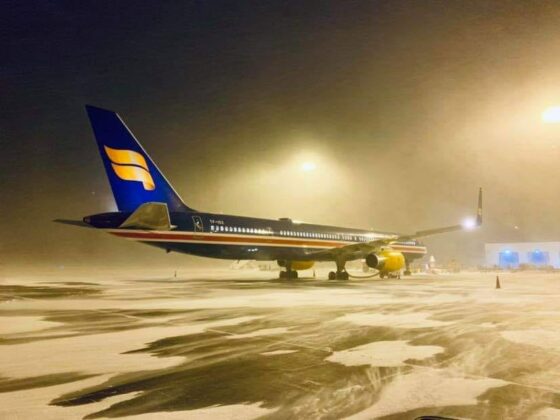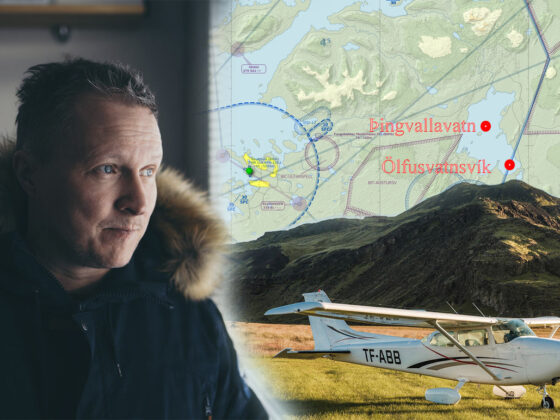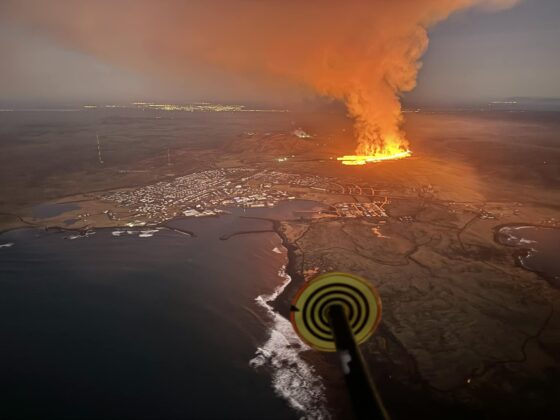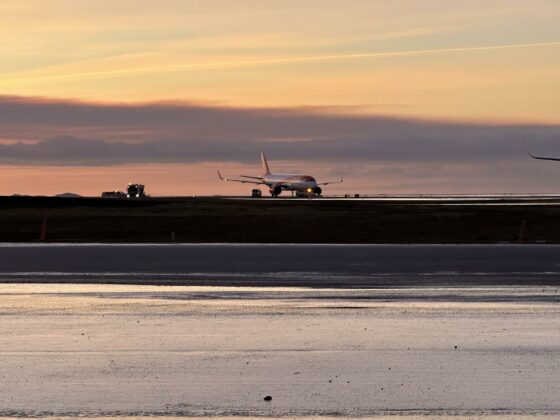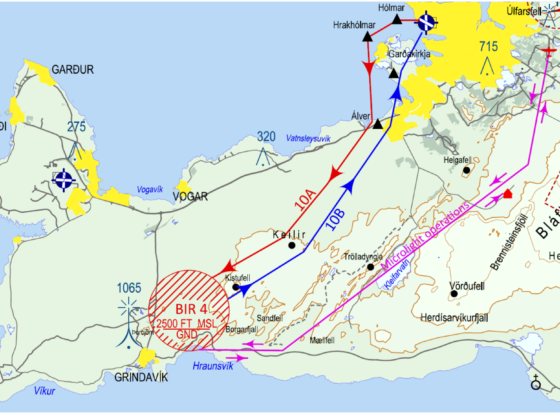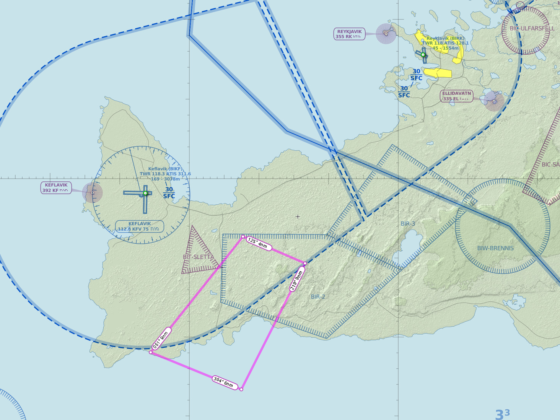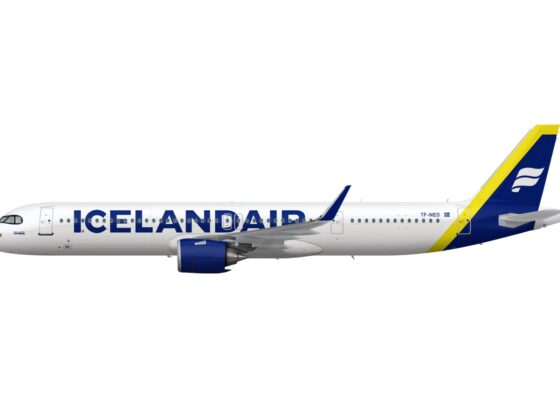The biggest airport in Iceland – Keflavik (ICAO: BIKF) – was named among main contributors to the flight decline in Eurocontrol area owing to their flows to and from. The two main markets involved are North America and Western Europe, says the annual report of Eurocontrol for the year 2019.
The report states that in 2019 was recorded the lowest growth rate of flights in the European Civil Aviation Conference area (ECAC) since 2013 with a fractional growth of 0.8% compared with 2018. The year 2019 had begun with moderate growth during January and February (+3%) until the bankruptcy of Germania and Flybmi paved the way to a weaker growth in March (+1.5%), which moreover saw the grounding of the B737 MAX aircraft and the bankruptcy of WOW air.
In the list of European airport with negative changes in the number of flights between 2019 and 2018 Keflavik was put on second place. According to Eurocontrol and STATFOR, the average daily movement in Keflavik airport in 2019 was 148, which is 40 less than one year earlier. At first place in the list is Ankara airport with 256 daily movements in 2019 and 57 flights decrease compared to 2018. Berlin Schonefeld is third in the list with 247 daily flights and minus 30 flights per day from 2018. Stockholm Arlanda is on fourth place with 638 flights per day and the difference of 30 flights from 2018.

“The declines at Keflavik and Berlin Schoenefeld were due mainly to the bankruptcies of low-cost airlines WOW and Germania respectively. The decreases at Ankara and Stockholm Arlanda were partly due to the decline of domestic traffic in Europe which accelerated in 2019 (-133 flights/day in Turkey and -36 flights/day in Sweden) along with an environmental awareness which created the “flying shame” movement”, the report says.
The argues about the new airport in the greater Reykjavik area has reached the European mainland too. Eurocontrol mentioned that “Icelandair requests the construction of a new airport closer to Reykavik that would operate both international and domestic flights. Currently, Keflavik is used for international flights whereas Reykjavik, 50 km away is used for domestic ones. Icelandair argues that shifting domestic flights to congested Keflavik is not feasible and that a second airport could be built allowing Reykjavik to be closed. Icelandair is the biggest airline at Keflavik and also the owner of Air Iceland, the biggest domestic airline. The Icelandic government currently investigates weather and flight conditions in Hvassahraun, the site chosen for the new airport”.
Naming other factors, affected the flights, Eurocontrol stated that “oil prices were more stable in 2019 and averaged €57 per barrel compared with €61 per barrel in 2018. Apart from the months of April and May during which prices surged to €63.5 on average per barrel –on concerns that the US tightening restrictions on Iran would cut oil supplies- prices slumped and oscillated between €53 and €58 per barrel in the following months as producers including Saudi Arabia raised oil production”.



